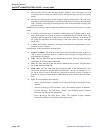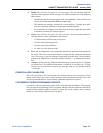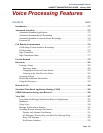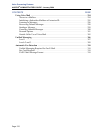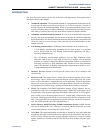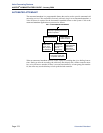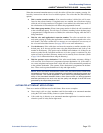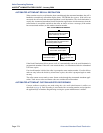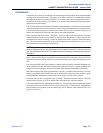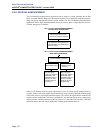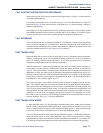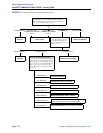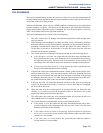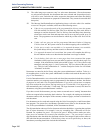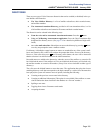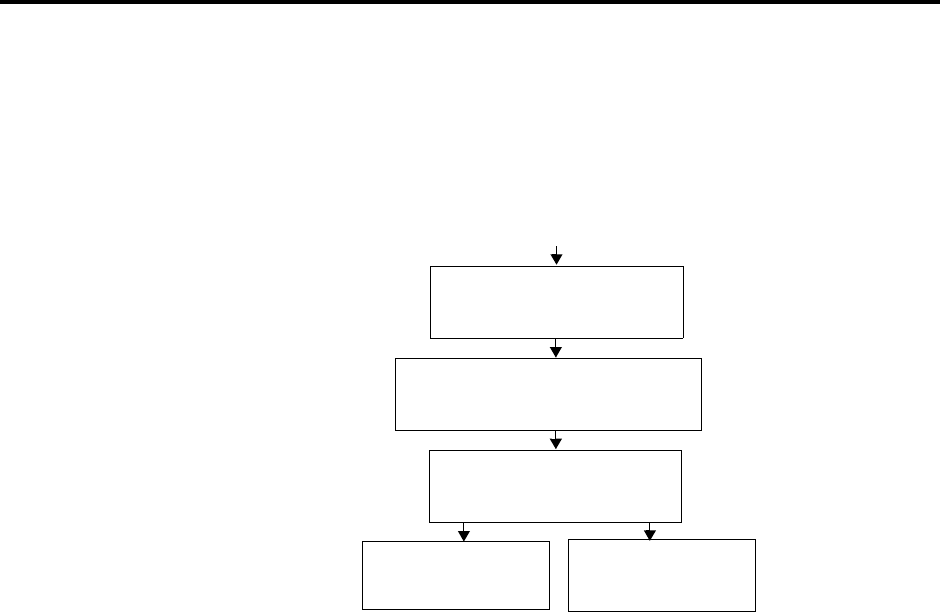
Page 274
Voice Processing Features
AXXESS
®
ADMINISTRATOR’S GUIDE – January 2004
Automated Attendant Recall Destination
AUTOMATED ATTENDANT RECALL DESTINATION
When a station receives a call that has been routed through the automated attendant, the call is
handled as a transferred, call and the display shows TFR FROM (description). If the call is not
answered, the call recalls the automated attendant’s recall destination. The recall destination is
usually the Automated Attendant Recall Destination application which announces that the
called station is unavailable and allows the caller to choose to leave a message (if the station
has an associated mailbox) or dial another extension number.
If the Recall Destination fails to answer a call, it is automatically sent to the recall destination’s
programmed attendant. If the call is not answered there, it is disconnected after the Abandoned
Call timer expires.
If an invalid number is dialed, the caller is prompted to enter another number. If a caller fails to
make an entry before the Inactivity Alarm timer expires, the caller is prompted again to make
an entry.
The caller cannot access trunks or enter feature codes through the Automated Attendant appli-
cation. Trunk access codes and feature codes are considered invalid numbers.
AUTOMATED ATTENDANT CUSTOM AUDIOTEX RECORDINGS
Custom audiotex recordings are made using the voice mail administrator’s mailbox as
described on page 48. Each recording is associated with a recording number and assigned to
the application(s) in Database Programming or using the system administrator’s mailbox.
CALL TO AUTOMATED ATTENDANT
Automated Attendant answers
and transfers the call to the desti-
nation selected by the caller.
The party receiving the transfer does
not answer before the Transfer Voice
Processing timers expires.
Call goes to the Automated
Attendant Recall Destination
where caller selects option.
Call is sent to station,
hunt group, voice
mail, or operator des-
tination.
Call is sent to station’s
associated mailbox



